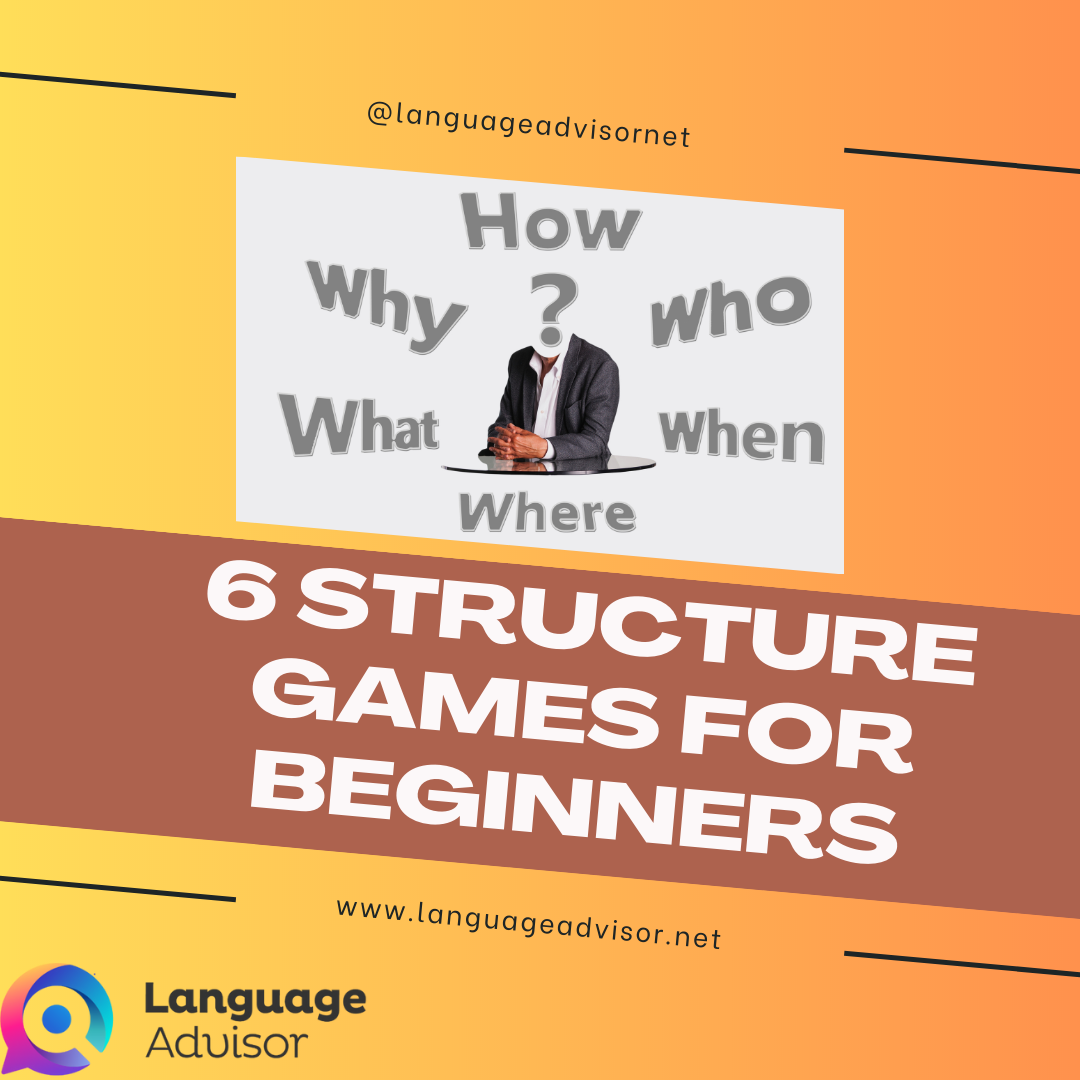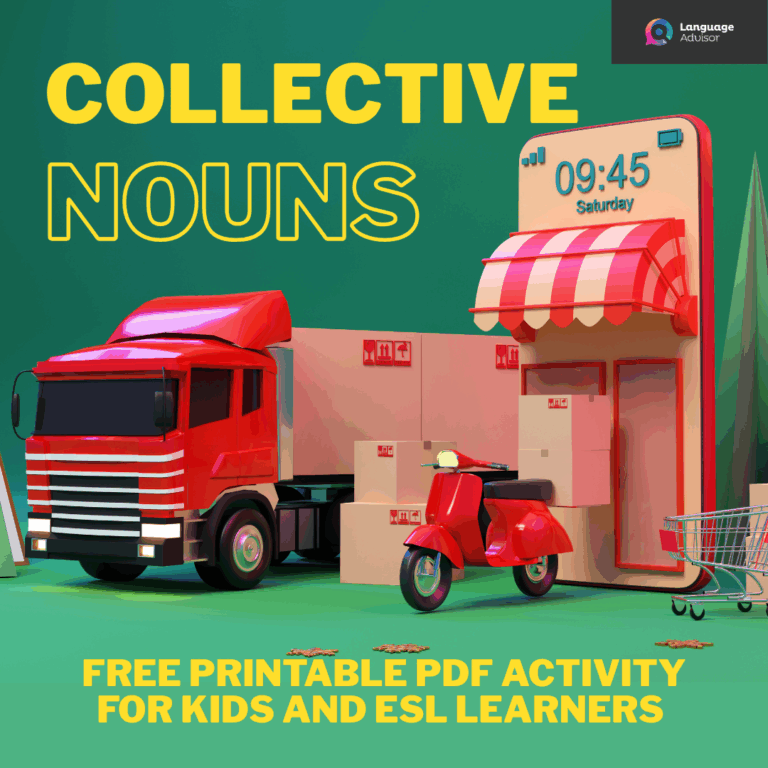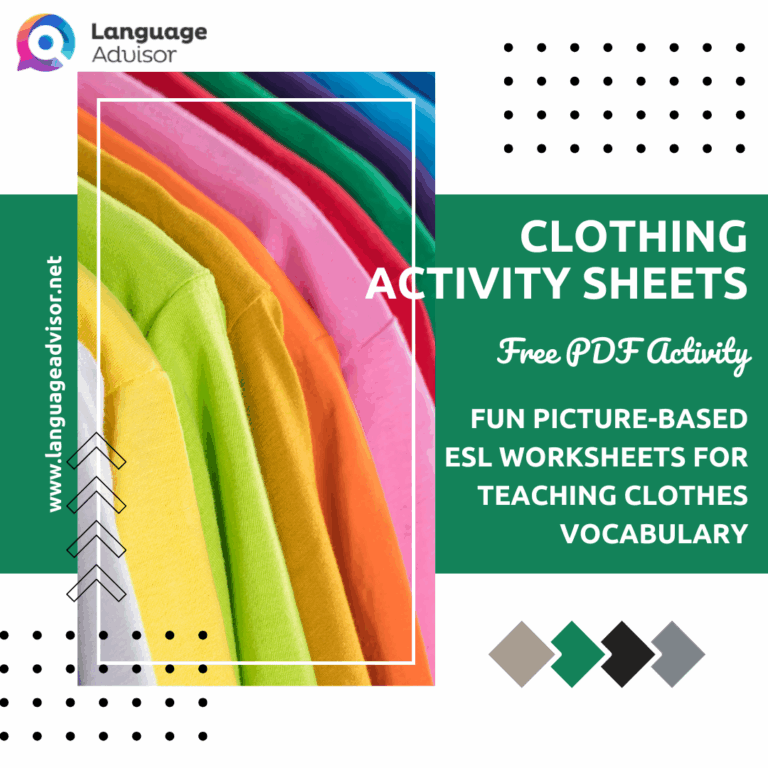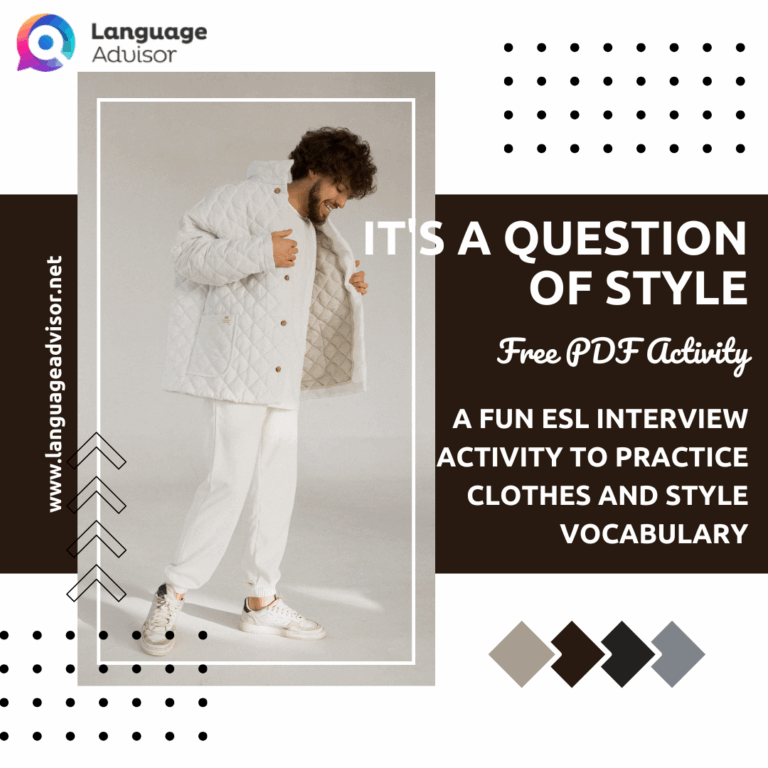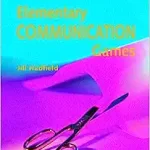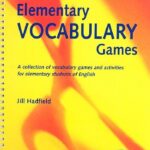6 Structure Games for Beginners. Communicative Activities and Games for Learning English providing crucial opportunity for practice
6 Structure Games for Beginners

6 Structure Games for Beginners
6 Structure Games for Beginners. Coming from a variety of teacher resource books, the activities listed in these pages are designed to foster communication through high-interest and motivational tasks. Each of these activities provides the crucial opportunity for practice that is so essential to the successful acquisition of a foreign language.

What Is It?
One student thinks of an object or is given a picture and the class must guess what it is. Is it a _________?; Expand to include broader structural forms at higher levels with: Where is it?; How do you use it?; When do you need it?, etc.
Variation: There are two teams (more if the class is larger). One member of each team leaves the room and the class decides on some object. When the team members come back they each ask questions of the whole class – Is it, ….etc. The first to guess the correct answer gets a point for their team. This idea can be used in the reverse as those who leave the room select an object. They then return to the class, going to the opposite team (i.e. the student from team A goes to team B and the student from team B goes to team A), and the team must then ask the student questions to determine what the object is. The first team to correctly identify it scores a point.

Mystery Box
Place objects into a box (it is best if they provide noise, are heavy,etc.)
Students are allowed to pick up the box and shake it. They must guess what is inside. e.g. nails, buttons, ping-pong balls, coins, coffee beans, rice, keys, rattle, knife and fork, etc. If the students guess coins, ask them “How much money do you think is in the box?” If they guess buttons or coffee beans, ask them “How many?” Don’t limit yourself to placing items the students know in the box. This can be an excellent opportunity to introduce new vocabulary.

There Is/There Are Socks
Put a multiple number of one item in a sock together with a single example of another item. Put a tag or label on each sock, then invite students to hold the socks, feel the objects inside and guess what they contain.
Put these sentence starters on the board: There is a ______; there are (three) _____s. Then go around the room and have the students make sentences describing the contents of the socks. If students have writing skills you can ask them to number a piece of paper from 1 to 5 (or more, depending on how many socks you use); and then to write down what is in each of the socks. *A great use for those orphan socks we always find in the dryer!
From Gold Mine by Melvin S. Shantz

Wrap objects
Wrap objects, such as those indicated above and any others you might think of, a toy truck, a doll, a book, so that the students cannot see them. Place them on a desk at the front of the room and let them come to examine all of the objects. If they are able to write, have them make a list of what they think each object is (put a number under each one). If they cannot write, have them tell you. “What do you think this is?” the student then responds, “It is a _______” or “I think it is a ________.”

What is in your hands?
Have the students work in pairs. One student stands with her hands behind her back. The other student then places a wrapped object into the student’s hands and asks “What is it?” The student feels the object and guesses. This game can also be played using objects that are not wrapped; to build upon the sense of touch use objects which are smooth, rough, furry, slimy, etc. For example, a stone, cooked cold spaghetti, a piece of furry toy animal, a potato, sliced lemon, etc.

Mystery Drawings
Begin to draw a picture on the board. Ask the students, “What is this going to be?” As they guess, answer yes it is a …., or no it isn’t a……. When it is completed and the students have named the object, begin to erase it. After erasing a few lines say “What was it?” The students tell you “It was a …..”
Most of these basic structure activities are from Language Teaching Games and Contests by Lee


6 Structure Games for Beginners. Also check out these listening and speaking activities


